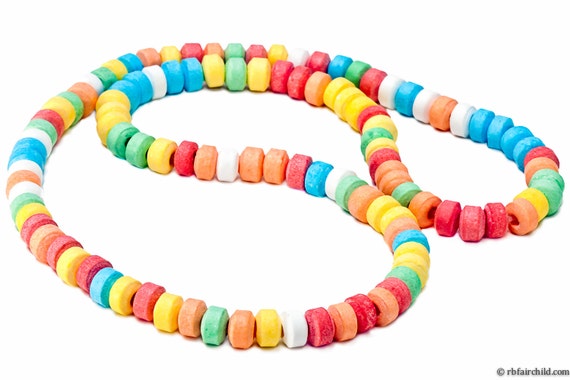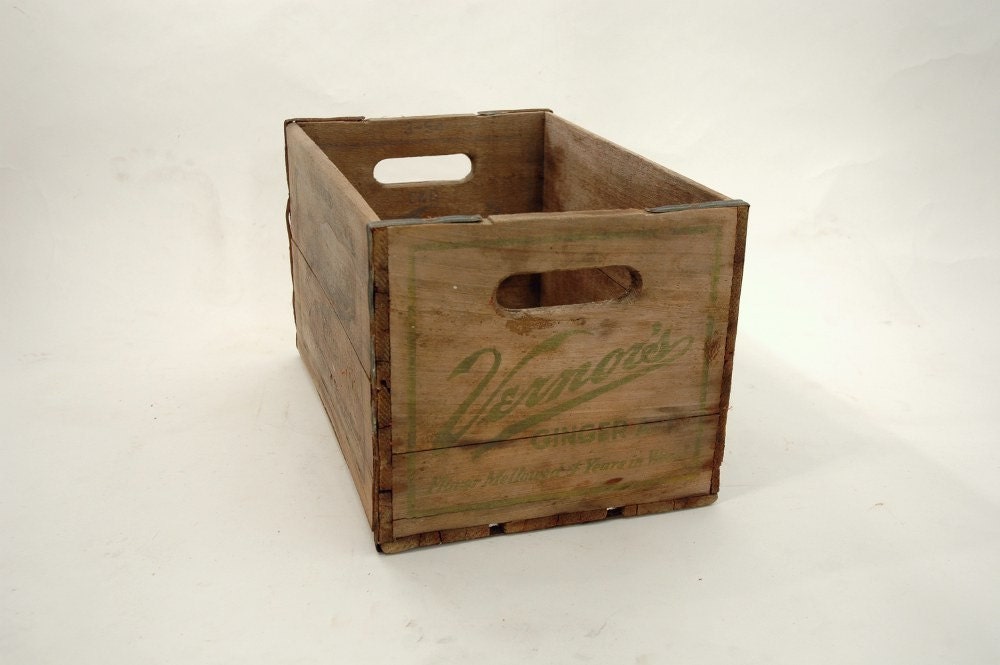Ironically, the passing of iconic NY Yankee pitcher Whitey Ford brings into focus how memories blur when stored in the recesses of an old mind. My old mind, to be specific, now that I'm 72.
For years, perhaps for decades, I hadn't thought about watching from centre field upper deck as the Detroit Tigers played the Yankees. Ford on the mound. Elston Howard behind the plate. Mantle and Maris in the outfield below us.
Pitching for the Tigers? Maybe Jim Bunning, Frank Larry or Don Mossi, but I can't recall.
The Tiger outfield had Kaline on our left, Rocky Colavito in front of us and Charlie Maxwell on our right. Eddy Yost on third, Chico Fernandez on short, and on second, with Harvey Kuenn gone to Cleveland, I don't remember. Maybe Jake Wood. It seems to me the Tigers had replaced Steve Bilko with Norm Cash on first by then.
The four of us chose the row of seats as high as they went, sitting there in the bleachers, our backs to the upper deck stadium wall, with a view of everything, including Whitey Ford. I was a high-school student at Patterson Collegiate Institute, (Goyeau and Elliott), but this would have happened on summer holidays. I lived at 1115 Bruce. I think the others included Gary, who lived on Grove a couple of doors from Clarke's Market. Randy lived on Victoria a block north of our school. The other was likely Doug who lived on Dougall near Hanna. We'd walk up Pelissier from Giles to Wyandotte, perhaps cutting through Woolworths, which had a back entrance on Pelissier and main doors on Ouellette. The entrance to the tunnel bus depot was off an alley next to the Radio Tavern.
Those route details I am sure of.
The bus cost something like a quarter each way. You bought your tickets at a booth before going out to the platform to wait for the next bus. They ran every 10 or 15 minutes, so it was never a long wait. I can't remember what identification we needed to pass single file from the bus, through US Immigration and Customs turnstiles, and back onto the bus. It might be that we had our birth certificates, but I think I recall our student card would do. We wouldn't have had drivers licences because we weren't old enough yet. "Where are you going?" "Tiger game." "Go ahead." I don't recall anyone ever being turned back, held up or spoken to with terse words whenever we went to Detroit. I once went after school to go over the Hudson's to buy a t-shirt with wide horizontal stripes like the Beach Boys had worn on TV and I still got home in time for supper. Hudson's had run out of those shirts so I probably didn't bother mentioning to my parents that I had gone over the border after school. Going to Detroit was not that unusual for us downtown kids in those days.
The tunnel bus took us all the way to the confluence of the many main streets that burst out into the city in all directions, including Woodward near Hudson's. Our landmark for the street to the ballpark was the United Shirt store next to the huge wood carving of men drinking at a bar. The carving was a facade around a door to a bar. On a hot day, the stench of booze, smoke and sweat from that bar hit us as we hurried past and wondered why anyone would want to go into a place that smelled like that. We walked up that street to the stadium. Was it still Briggs Stadium or had the name changed yet to Tiger Stadium?
I think it was 50 cents to sit in the bleachers. The vendor with the tray of beers in paper cups would not sell to teenagers. We asked a lone man if he would buy us beers. A cup of beer was 10 cents. The rule was a person could only buy eight at a time. We gave the guy 80 cents. He kept four, we each had our first beer, sitting in the hot sun high in the centre field bleachers watching some of the all-time greats of major league baseball.
That's the story I have told through the years. Now I wonder, did I first hear parts of it from someone else? Did I abscond with the story about the beers, imagined that we had done that, and created a false memory? It's now impossible to know. It would be so vivid because I had gone to Tiger games with friends, taken the tunnel bus lots of times, walked there, sat in the bleachers.
Today, reading that Whitey Ford had died at age 91, my legendary first-beer story came back to me. But it has come back in fragments. As the sports world marks the passing of a baseball great, I find myself mourning the loss of detail and clarity from one of the great memories of my youth.
Experiences and stories have a way of mingling. Like the suites all in order in a fresh deck of playing cards, they get shuffled together and dealt. These fingers, wrinkled and shaky, pick up a fresh hand and wonder.















